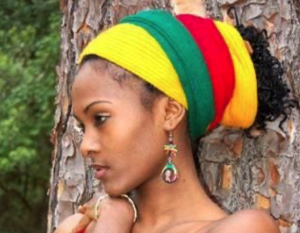
Africans Have Made the Caribbean. Here’s why.
Why were Africans enslaved and brought to the Caribbean?
Spain and Portugal began enslaving Africans in the 15th century. In the 18th century the British began African enslavement on a new and mass scale.
Enslaved Africans were brought to the Caribbean as an abundant and cheap source of labour for sugar plantations. Those engaged in the slave trade were primarily driven by the huge profits to be gained, both in the Caribbean and at home. Approximately 12.5 million Africans were forcibly brought to work on various plantations throughout the ‘new world’, according to SlaveVoyages.org. Portugal and Britain together accounted for 75% of the slave trade (over 9 million slaves).
A 5-Minute Summary of Life on a Slave Ship by the History Channel
Where did Enslaved Africans Come From?
Enslaved Africans brought to the West Indies mostly originated from West Africa – Nigeria, Congo, Ghana, Mali, Senegal, Benin etc.. East Africa, on the other hand, provided enslaved persons to the Arabian countries, as the Museum of Slavery in Zanzibar demonstrates. The British brought many different tribes of Africans to the Caribbean including Yoruba, Igbo, Mandinka, Kongo, Ibibio.
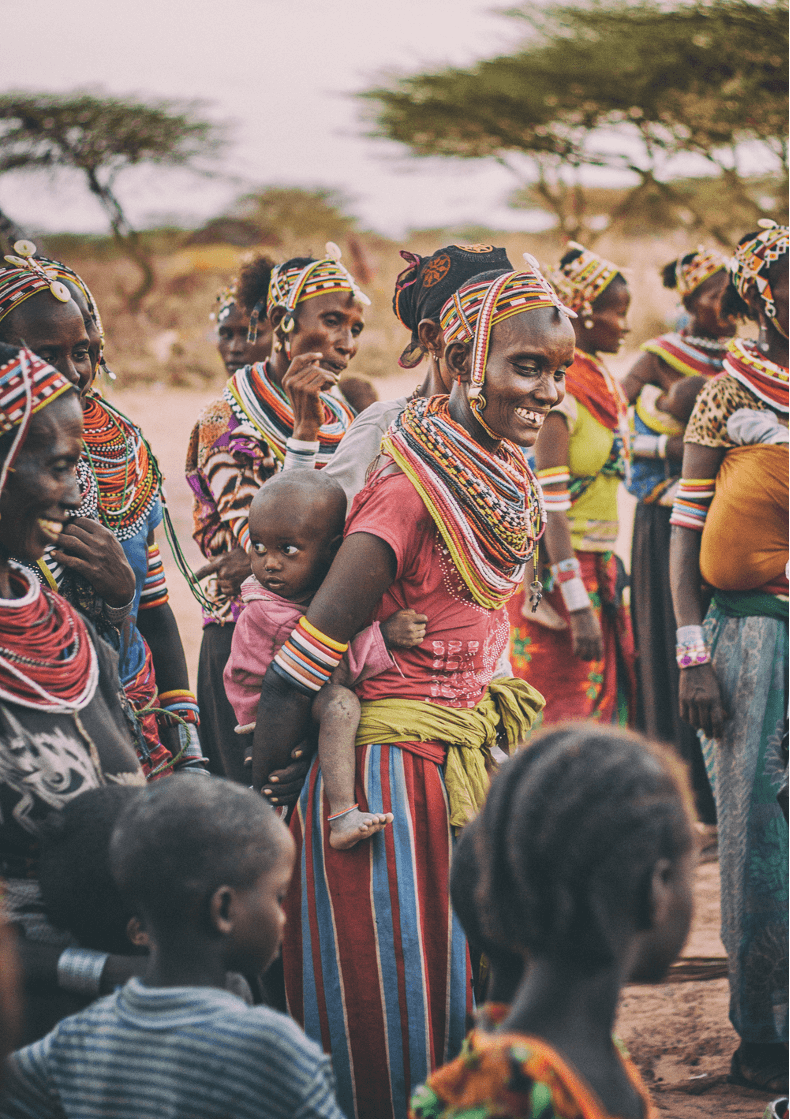
How Were the Enslaved Africans Distributed Across the British Caribbean?
About two-thirds of all enslaved Africans brought to the Caribbean were distributed and sold to the sugar plantations. Jamaica and Barbados were the two islands in the British Caribbean that received the most enslaved people. Between 1606 and 1842, nearly one million enslaved people passed through Jamaica and nearly half a million were sent to Barbados, according to Britannica.
Distribution of Enslaved Africans Across the Americas (1514 to 1866)

The Atlantic slave trade, transatlantic slave trade, Euro-American slave trade or the Triangular Trade Route (Europe-Africa-Caribbean) involved the transportation by slave traders of various enslaved African people, mainly to the Americas. The slave trade regularly used the triangular trade route and its Middle Passage, and existed from the 16th to the 19th centuries.
Boats collected forcibly enslaved Africans on the West Coast of Africa (1st port) and transported them to the Americas (2nd port, or Middle Passage) and then returned finished goods (rum, sugar, coffee, tobacco) to Europe (3rd port) forming a triangular route. A total of 1.8 million enslaved Africans died en route to the Americas, (Britannica). Others committed suicide even before the journey started.
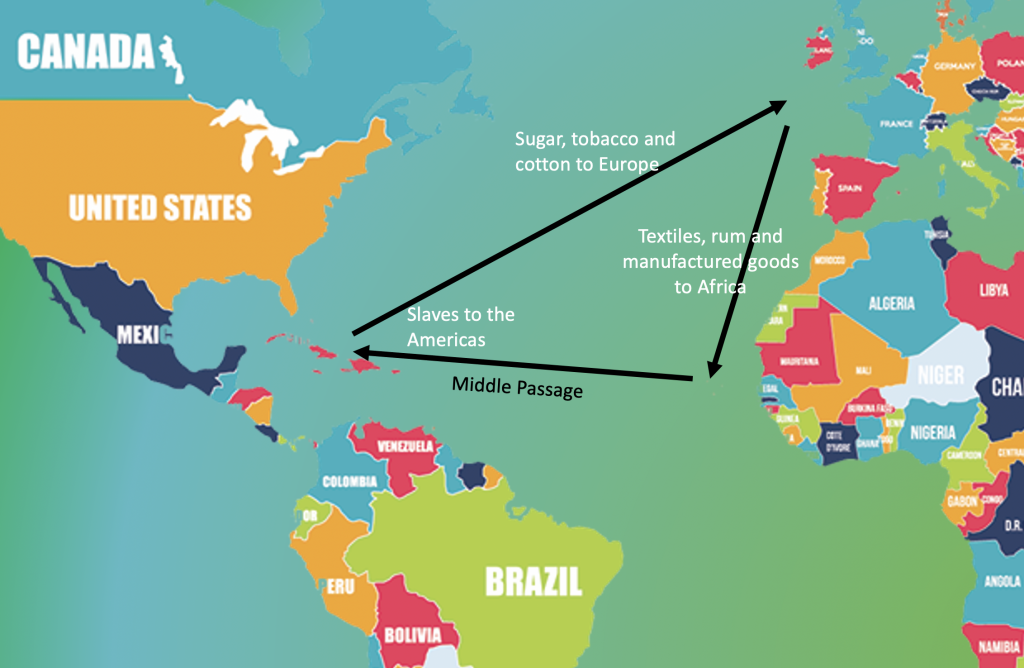
During the 17th century, the sugar plantations were among the most profitable businesses in the world. The dividend pay-out for many of these enterprises about 10 percent on invested capital and on some occasions, such as in Barbados in the 1650s, as much as 40 to 50 percent, according to Britannica.
In addition to sugar, other notable industries were tobacco, coffee, cocoa, and cotton.
Sugar and Slavery – a Bittersweet Combination
Sugar plantations were a major source of wealth for the British from the 18th-20th century. The British saw an opportunity to produce sugar and gained immense wealth from enslaved Africans. Sugar production was very labour-intensive.
The rapid growth and success of the sugar industry only encouraged the British to capture and force more Africans into slavery. This was one of the main contributors to the large African presence in the Caribbean, as the African population increased and began to surpass the population of the whites, unlike the case of the USA. This inadvertently would cause the enslaved to rebel (e.g. Haiti), run away (maroons in Jamaica) or even commit suicide (in almost all islands) and eventually give rise to the abolition of slavery in the Caribbean in the 19th century (1834-1838).
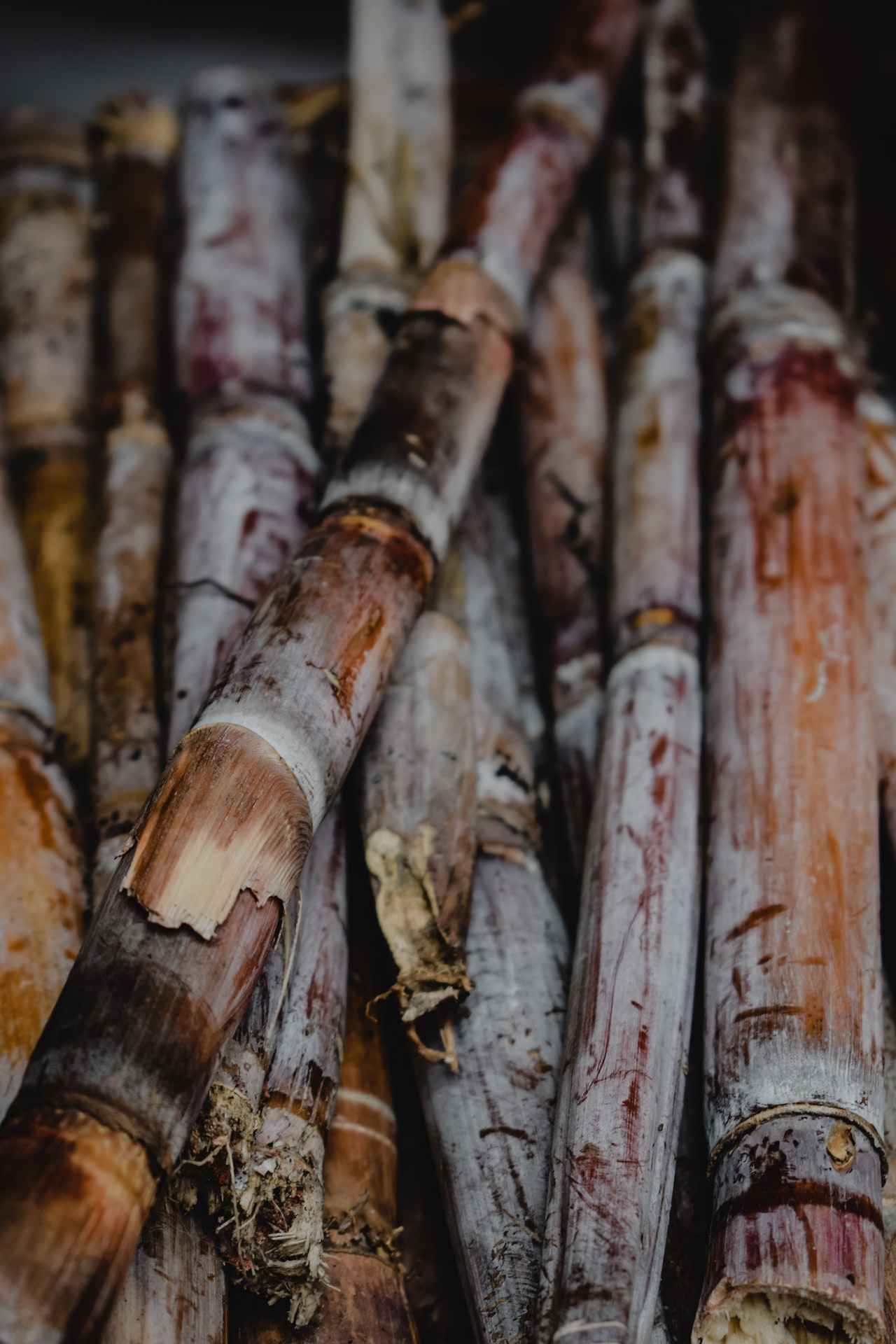

One punishment the slave masters used to keep the enslaved men in line was ‘buck breaking’. This was a violent sexual act. We know too well about whippings, hangings and cutting off of limbs but very seldomly do we hear about buck breaking – the stories of how sexual violence was weaponized and used by slave masters is long forgotten, especially against men.
Mostly found within the Caribbean slave colonies, buck-breaking was the act where slave masters forced the enslaved man to bend over a tree stump with buttocks exposed and then whipped severely. This would weaken the enslaved so he would not resist the violent rape that ensued. It was often practiced on the ships as well. The unruly enslaved were often chained up face down so that their buttocks was easily accessible. These violent acts were worsened by performing them in front of his peers to bring shame. This is perhaps why homosexuality is so severely shunned in Caribbean countries such as Jamaica, where buck breaking was commonplace.

What Did the Enslaved Africans Eat and How is it Reflected in the Caribbean Today?
Many of the Caribbean dishes we eat today can be directly linked to slavery. Chicken offal, such as liver, heart and gizzard, as well as chicken feet, ox tail, pig’s feet are popular delicacies in the Caribbean. The enslaved did not have access to the choice cuts of meat. They were given the scraps of meat that the slave masters would throw out. These cuts became customary and eventually passed down as part of modern Caribbean culture.
Many dishes in Caribbean cuisine originated from the times od slavery, for example, pelau (Trinidad), pepper pot (Guyana), keshi yena (Aruba and Curacao), callaloo (Caribbean), these dishes were made by using scraps from the colonizer’s dishes. The enslaved would combine these scraps to make their own unique dish. Staples in Caribbean cuisine like breadfruit, ackee, plantains, pigeon peas, ochro and many more, were first used by the enslaved Africans. Many of these foods have found their way into the National Dishes of the Caribbean.
It is most interesting that, although surrounded by water, most Caribbean islands used salted cod (from Canada, Iceland and Norway), rather than the fresh fish from the island’s waters. Can you imagine the huge ecological footprint of salted cod in the Caribbean? In addition, the diet was very salty, based on preserved and transported foods (salted cod and salted meats). The historical and hereditary diets of slavery are thought to be linked to many of the medical conditions facing many Africans today (diabetes, high blood pressure, high cholesterol, strokes and heart disease). This is explained in the video below from Sir Hilary Beckles.
Overcoming the Burden of Disease by Dr. Hilary Beckles – UWI, April 2021
Shades of White
When Slavery was abolished in the West Indies in the 1830s, a clever colonial policy of ‘Divide and Rule’ was instated. This policy was based dividing and ruling the colonies based on race AND colour. This meant that Chinese and Indian races were seen as ‘better’ than their formerly enslaved African counterparts. In addition, the lighter your skin, the ‘better’ you were/are perceived to be.
This policy was so absurd, it is amazing that it lasted so long. Consider that it took a Black Power Revolution in Trinidad and Tobago in 1970, that would finally allow African women to wear their natural hair (Afros) and allow Africans to work in local Banks. The fact is that Africans were being educated at one of the top fifty Universities in the world, the University of the West Indies, and no jobs were available. The crème de la crème jobs in the banking sector reserved for the Chinese and the lighter, rape-coloured [1] nationals. This is perhaps why ‘Becoming White’ is one of the reasons why Latinos voted for Trump.
Worshiping white has been a colonial trait that has been ingrained in the minds of the colonies, a form of ‘Mental Slavery’; as the famous reggae artist, Bob Marley puts it. This means that in addition to being violated and treated as less than human beings, Blacks everywhere have the additional burden of being Black. We were taught from early on to worship white, because everything ‘good’ was white and everything bad was black. Jesus, Mary, Joseph and the Angels were all white. Even Tarzan and the Barbie Doll were white! We were even weaned on white foods – salt, white flour, white bread, white sugar [2] . Everything bad is considered Black. Black is associated with everything negative – negro, dark ages, blackmail, blacklist, black market, black death, darkness, evil, the devil, etc. So much so, that over 400 years of slavery and colonialism, people have come to believe that something is wrong with being Black and that we are inherently inferior. This systematic brainwashing needs to be stamped out.
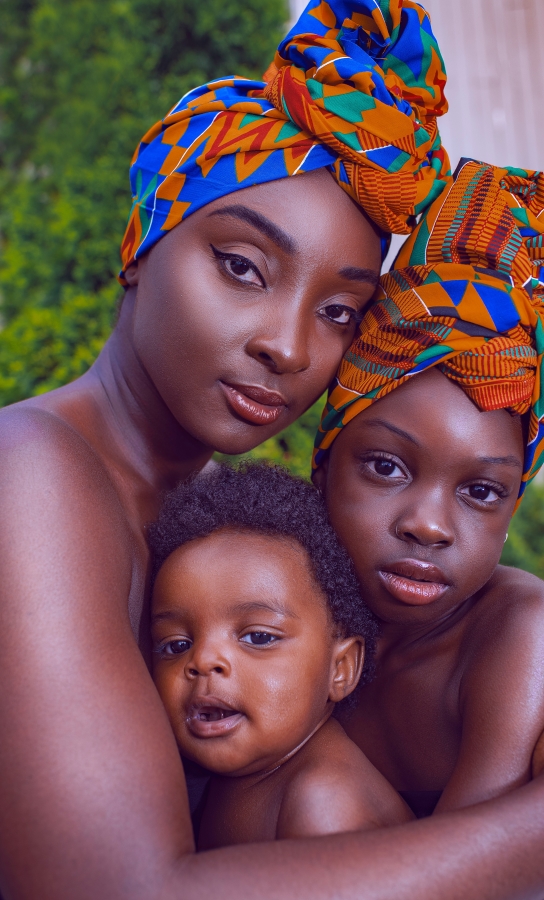
When one looks at the Caribbean, it is important to see and understand our privileges. Consider that after 300-400 years of slavery, enslaved Africans got nothing. In fact, they came out with considerably less, robbed of their families, their lives, their wives, their culture, their religion, their language and their DIGNITY. The Chinese that came to the Caribbean to replace Africans on the sugar plantations, were free to engage in trade, buy property, etc., after a mere 3-5 years of work on the plantations. Indians came to the Caribbean and were indentured to plantations for 10 years, after which they received 5 acres of land or passage back to their poor homeland. Naturally, the Indians and Chinese chose to stay in their Caribbean island paradises, with both their families and their original cultures intact.
So, when we are tempted to think negatively, or with a superior complex, about Africans in the Caribbean, and the negatives regarding laziness and womanizing, one needs to reflect on our own privileges, especially, if you happen to be European, Indian, Chinese, or African in the Caribbean, or all of the above. We need to appreciate our good-fortune of having been born in the Caribbean; the great fortune of being a Chinese or Indian in the Caribbean, or African, or even mixed/coloured/creole.
This must make us feel grateful, rather than arrogant and superior. Indeed, inclusiveness is increasingly the way forward for the Caribbean.
Slavery started in the USA in 1619 and lasted for almost two hundred and fifty years, ending only after the American Civil War (1861-1865). That’s 246 years of slavery. Slavery in the English-speaking Caribbean started in 1662 and was abolished in the English Caribbean in 1834 (a total of 172 years).
In the newer colonies such as Trinidad and Tobago, slavery was short-lived (about 50 years), picking up steam when the slave, Toussaint Louverture, led the Haitian Revolution (1791-1802), beating the French, when many French plantation owners fled to Trinidad and Tobago and New Orleans.
In the Caribbean, blacks make up the majority of the population. In the USA, whites account for almost three-quarter (71%) of the population, with blacks accounting for just over 12%. In Jamaica, by contrast, Blacks make up more than three-quarters of the population (76.3%) and whites, just 3.2%. In South Africa, blacks are in the majority (76.4%).
Caribbean islands are so organised that free primary and secondary school education is equally available for all, irrespective of race, colour or creed. And for the best schools on the island, a merit system is in place. Even university education is virtually free in islands such as Trinidad and Tobago and many schools provide a free daily warm meal for children in need. As the Caribbean demonstrates, education is one of the main equalisers. When you grow up in the Caribbean and you go to school and you learn together in a classroom with Africans, Whites, Chinese, Indians, Mixed, Muslim, Hindu, Catholics, Presbyterians, Jehovah Witnesses, Anglicans and Methodists, one develops a very different perspective on race and religion. You truly learn the meaning of inclusivity and to love your neighbour as yourself.
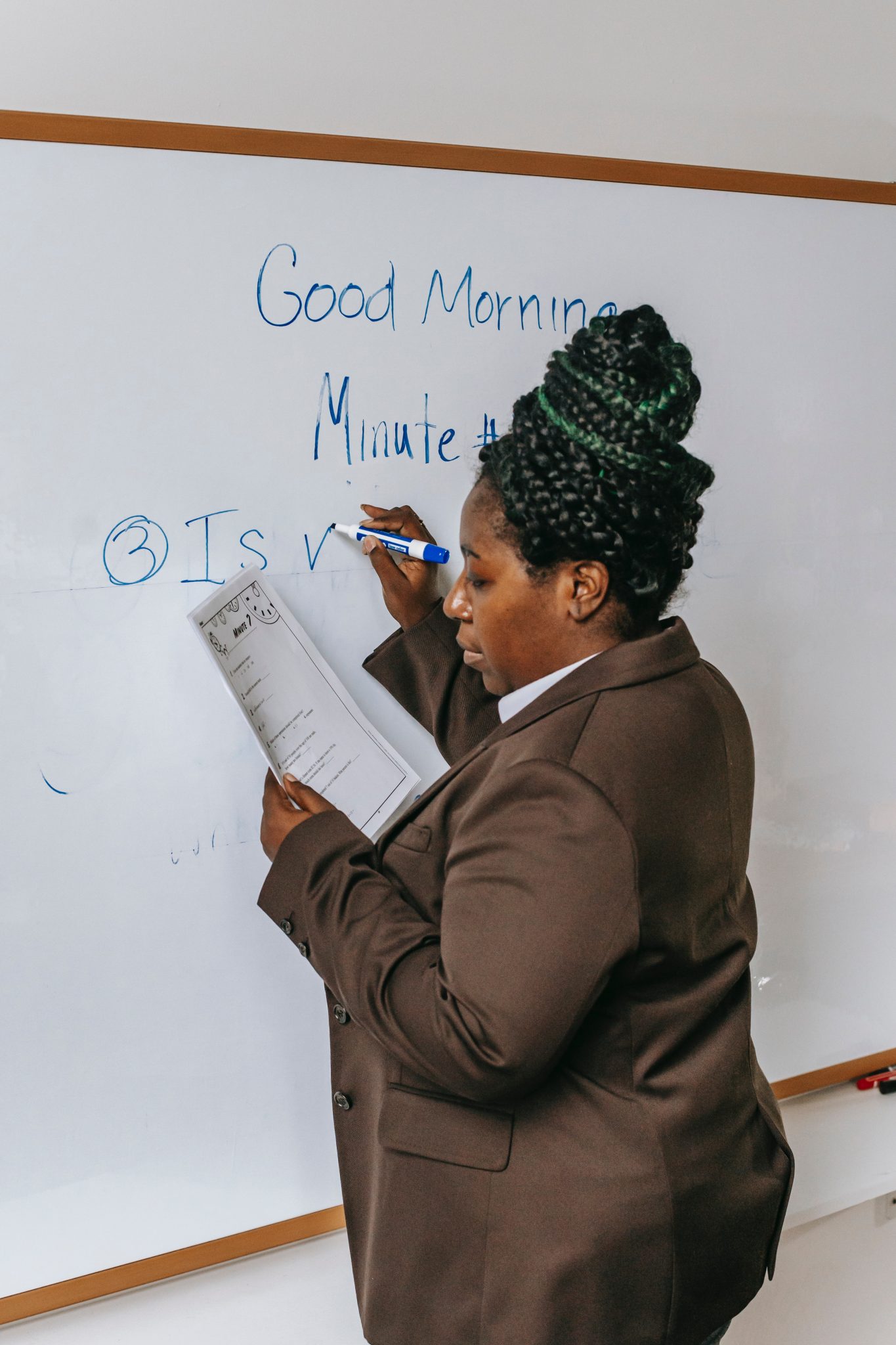
It took 143 years after slavery was abolished (from 1865 to 2008) for the US to have its first Black President (Barack Obama).
In the Caribbean, Black people were Presidents and Prime Ministers soon after independence from the British. And they were well-educated and excellent Prime Ministers and Presidents at that: Eric Williams (Trinidad & Tobago), Michael Manley (Jamaica), Maurice Bishop (Grenada), Errol Barrow (Barbados), to name a few.

For small colonies emerging from colonialism, the achievements of these locals black and coloured Prime Ministers in the Caribbean are enormous – universal adult suffrages; universal free health care; universal free education; universal freedom and liberal democracy, an inclusive Caribbean society. This is not to say that three are not exceptions or that all is well and ‘honky dory’. These achievements are hard-won and need to be preserved and protected, much like our sensitive but amazing environments.
The Caribbean would never have been able to punch above its weight without its African heritage. The Caribbean is home to the fastest man in the world (Usain Bolt); to over 30 music genres (including Reggae, Calypso and Soca); to amazing artistes and musicians (Bob Marley, Rihanna, Nicki Minaj); to world-class cricketers (Sir Garfield Sobers, Brian Lara); to actors and movie stars (Sydney Poitier, Winston Duke); to beauty queens (Wendy Fitzwilliam, Janelle ‘Penny’ Commissiong); to Nobel-Prize Winners (Sir Arthur Lewis, Derek Walcott); political activists (Marcus Garvey, Stokely Carmichael); the Vice President of the USA, Kamala Harris; and much, much more.
The culture, the food, the music, lifestyle, and racial makeup of the people of the Caribbean would not be the same without Africans. There’d be no Carnival, no J’ouvert, no Calypso which in turn means no Soca. In addition, Rastafari, Orisha, Vodou, religions would be present in the Caribbean. No pelau or stew chicken, the caramelization of meat (with sugar), is a traditional African cooking method.
Thank you, Africa!
[1] Poem Excerpt of American Poet – Caroline Randall Williams:
I have rape-colored skin.
My light brown blackness
is a living testament to the rules, the practices,
causes of the old South.
If there are those who want to remember the legacy
of the Confederacy,
if they want monuments,
well, then my body is a monument.
My skin is a monument.
[2] Even growing up, we would sweeten our canned grapefruit juice and even Kool-Aid with white sugar, because it was clearer and less ‘dirty-looking’.
Kevon Wilson
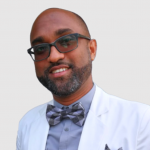
Kevon Wilson, is a premier researcher and strategist. He has more than 16 years’ experience in research and digital marketing.
He is co-author of many of Leve Global’s research publications such as Big Data – Delivering the Big Picture to Drive Competitiveness, Everything You Need to Know About Internet Marketing, and The Top Ten Emerging Markets.
Dr. Auliana Poon

Dr. Auliana Poon is the founder and Managing Director of Leve Global and Exceptional Caribbean.
Auliana loves the Caribbean and believes in its people. Her personal mission is to change the world; to transform our societies. And this is precisely why she has spearheaded Exceptional Caribbean – a continuing mission to elevate tourism, trade and lives.
Here are Related Articles That Might Also Interest You
![]()


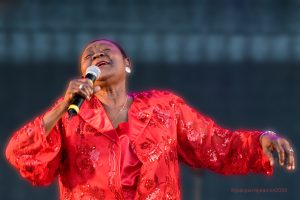

It is high time that the story of Africans in the Americas is told. It is also overdue that this story is no longer seen as the foundation of excuses, but a source of pride.
The contribution of Africans to the culture of the Americas and therefore, the world, is so valuable and present, that we all have become a little African. How much better and richer would this world be, if all of us would finally embrace Africans as equals, instead of perpetuating the burden of racist prejudices.
Thanks, Christian for your comment. I couldn’t agree with you more. For too long, Caribbean people of African descent have not fully told our story. Slavery seems to be a source of shame; something to sweep under the rug and not discussed. We need to start celebrating who we are and where we came from – celebrating and taking pride in slavery, the obstacles that were overcome and the milestones achieved. Pride and slavery seldom seem to go hand in hand. It is time we change this narrative. This is why Exceptional Caribbean is working towards helping the world fall in love with the Caribbean and helping Caribbean people to love and appreciate themselves.
Heel goed informatie.
Thanks for this article, it’s very enlightening to me.
More articles like this need to be publish.
Thanks for sharing.